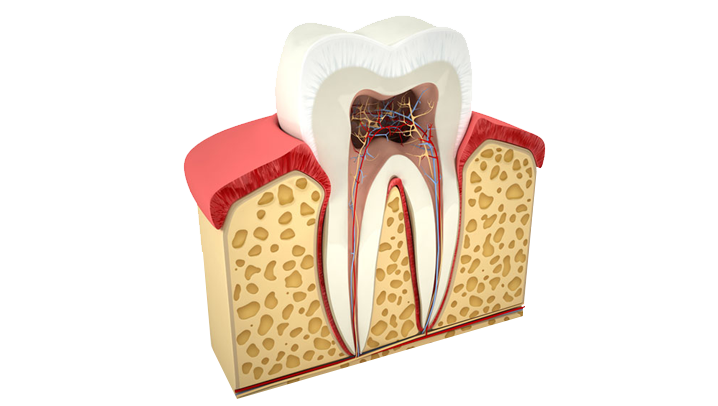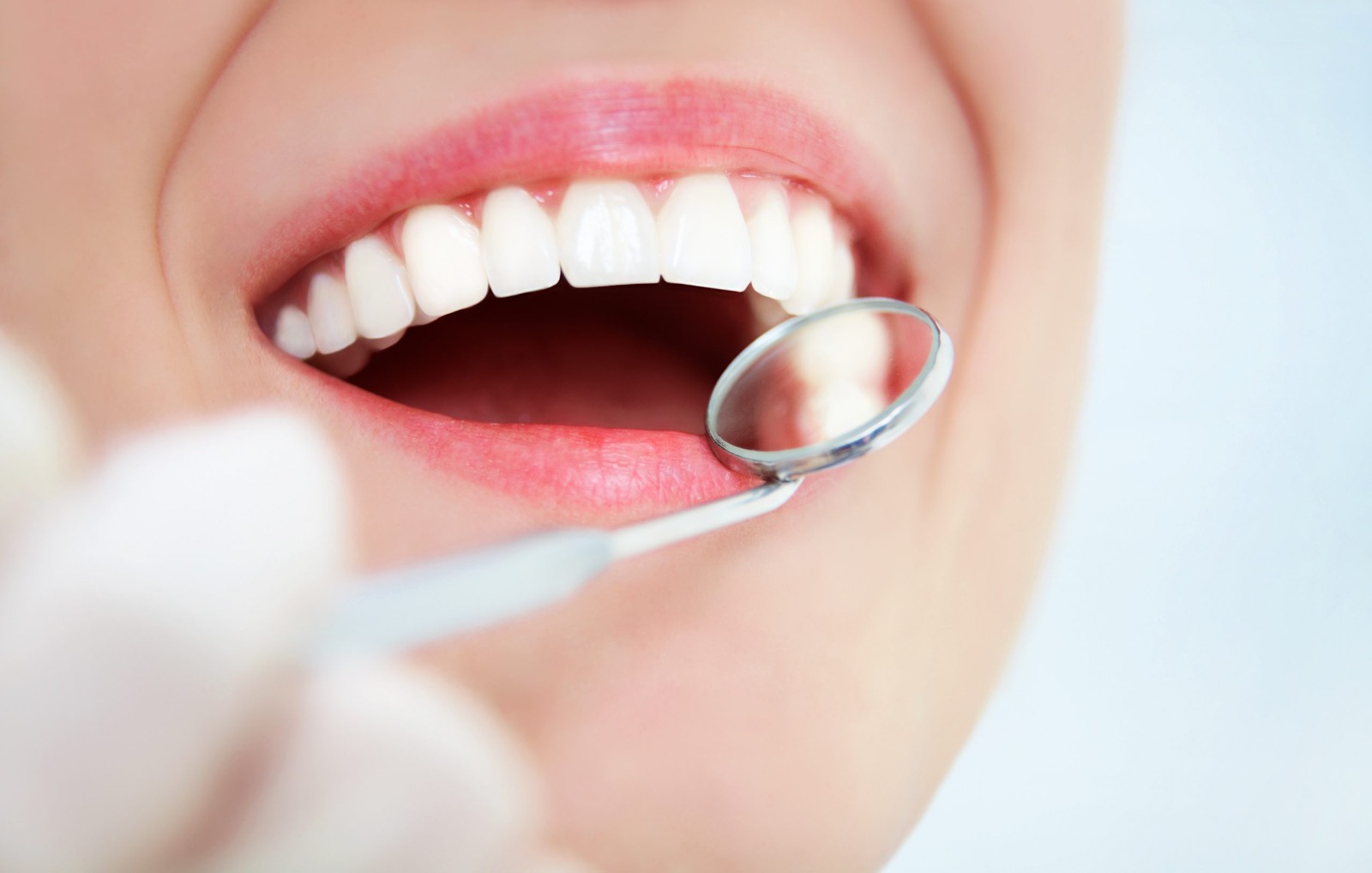Root canal treatment
Whether you need treatment for discomfort, infections, or damage to your dental nerve
When do you know that you need root canal treatment/canal filling?
The decayed area or the problem area is removed and the decay is ensured
Thorough cleaning of the canals and filling area from bacteria and tooth debris. If the decay is close to the nerve, a substance is added to protect the nerve.
The root canals are sealed and filled with filling to prevent the growth of bacteria or any other materials, and the tooth is trimmed.

Why is our center the best choice?
Advanced global technologies
Comfortable experience
Expert staff
Accurate diagnosis
Frequently asked questions about root canal treatment
- What are the symptoms of neuritis?
- How many sessions of nerve filling?
- What problems can lead to failure of root canal treatment, and how can they be solved?
- Which is better, nerve filling or tooth extraction?
- What happens if a root canal is not performed?
- How long does a tooth live after the nerve is removed?
Symptoms of neuritis appear clearly through:
Severe tooth or molar pain, especially with exposure to extreme heat or cold.
Facial swelling.
Feeling of heat in the gum tissue.
The difference in the number of dental treatment sessions using root canal fillings is due to several factors, but it does not exceed two sessions in most cases, and this is due to:
Type of tooth: The back teeth may need more sessions than the front teeth.
The number of roots, and the number of nerve canals within each root.
The condition of the tooth: Was it recently injured and the pulp is still alive, or was the injury a long time ago during which the pulp decayed, and did this decay cause the invasion of the tissues surrounding the tooth, forming an abscess in the tooth?
The condition of the tooth: is it externally healthy, or is it severely damaged, and requires other procedures to isolate and modify the surrounding gums before starting root canal treatment?
The success rate of root canal treatment usually does not exceed 85% due to the difficulty of accessing narrow root canals. Another challenge is to effectively fill these canals with sealant to ensure complete root closure. However, with technological advancements, different techniques and devices have been developed to perform root canal treatment with unprecedented success rates, and this is exactly what we follow at Dr. Ahmed Ezz El Din Dental Centers.
Root canal treatment or root canal treatment has a higher success rate than tooth extraction, as there are few or no complications in the future. The priority also goes to preserving natural teeth. Whereas, if the roots are treated properly by a doctor who is an expert in cleaning and restoring the affected tooth, there will be no need to extract the tooth
Failure to undergo a root canal filling can cause serious consequences, such as causing the spread of bacterial infections in the jaw, gum tissue, brain, blood, and the rest of the body’s organs.
This period varies from one person to another, but the average period is 10-15 years, and this period of time also varies depending on the location of the tooth in the mouth.


